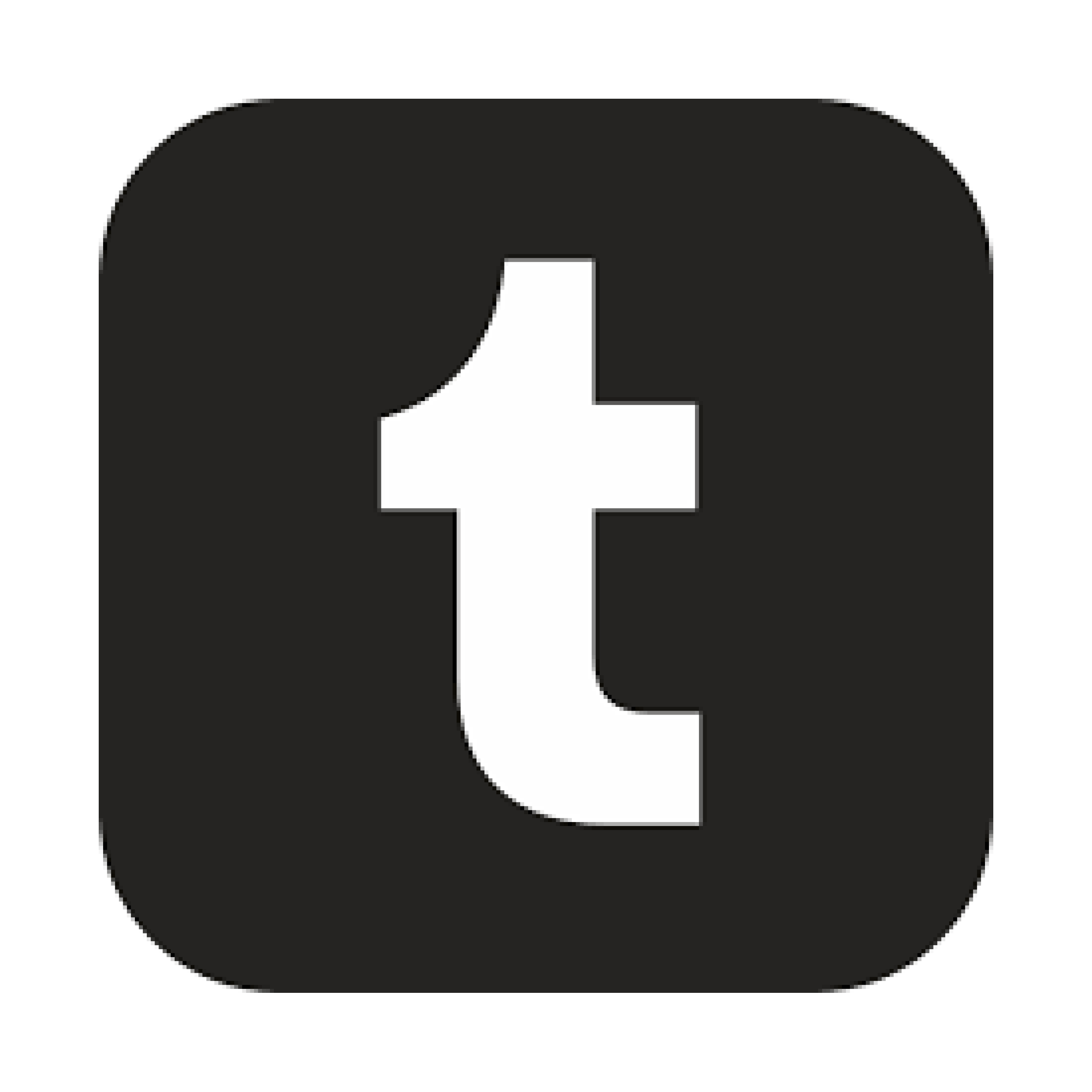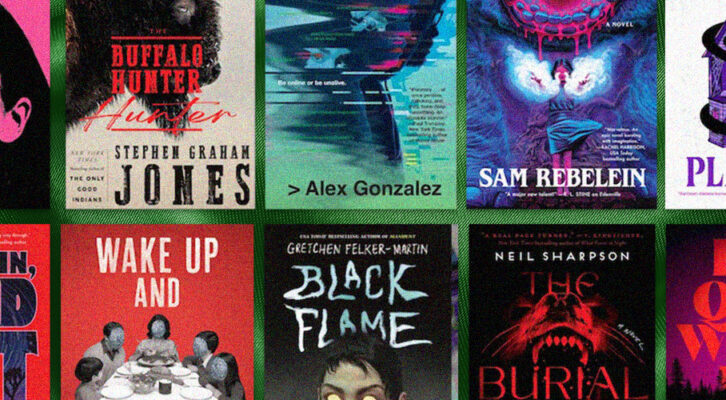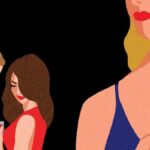
Creating Without Inhibition: In Praise of Making Bad Art
Anna Hogeland: ”I could only make good art if I made bad art, too, and so I began making bad art an integral part of my creative practice.”
Last spring, I was waiting to hear from my agent and editors about the fate of my second novel. I knew full well this was not, really, a big deal in the least; it wasn’t as if my health were at stake, or the health of anyone I loved. The world outside me was big and rich with far more important and grave matters. I have survived a rejected novel before and I likely will again. But perspective offered no relief, only a layer of guilt. The unknowing, along with the unknowing of when I would know, drove me mad. I couldn’t eat or sleep or focus on anything at all; I probably checked my email one hundred times an hour, if not more, and I was plagued by obsessive thoughts far more often than that.
I already knew I had OCD—and I specialize in treating it as a psychotherapist—but I could not get myself out of this particular episode, despite using all the strategies I’d ever learned. It was the worst OCD flare of my life.
I couldn’t write, but I still had a strong if aimless creative drive. I wish I could paint, I kept thinking. I wish I could create a piece of art in twenty minutes that could fit in my palm. But I hadn’t painted since I was a child, when I was unselfconscious and prolific, like my five-year-old daughter is now. At some point in grade school, I began to care more about the quality of the art and how it would be perceived by others; I became an anxious girl; I noticed the work of my peers and saw they had talent I clearly did not possess. I stopped painting.
Anxiety may motivate action, but not intelligent action; it makes us impulsive and foolish, like a terrible intoxication, causing far more problems than it solves.
Before that, though, good was never the point, and it wasn’t the point now.
I saw an advertisement on social media for art classes at a local community arts center and thought to myself, why not? I was desperate for distraction. Before I could think myself out of it, I moved some clients around and signed up for the class, four Thursday mornings in May.
I arrived very early to the first class, as is my way, looking like a farmer in overalls and a stained flannel. As the other students came in, all women, I saw that, at 36, I was the youngest there by at least a phase or two of life. Nobody made small talk as we moved the tables closer to the front and unfolded the metal chairs. A few minutes went by as we waited for the teacher to arrive. It was the longest I’d gone without checking my email in weeks. If nothing else, I thought, I will have had that.
The teacher, Jeannie, a former high school art teacher with long gray hair, had us begin by drawing flowers she’d picked from her garden that morning. On my table she placed a tulip and a chrysanthemum in a glass vase. I stared at the chrysanthemum for a long time, paralyzed by all the petals and all the angles, as my tablemate began to move her pencil over her paper quickly and calmly.
“Where do you start?” I asked, when Jeannie came back my way. “Do you start with the easiest part first, most complicated, biggest, top to bottom, bottom to top?”
“Wherever you’d like,” she said. “There’s no one way.”
I was initially frustrated by the response, but the frustration quickly turned on myself. Of course there was no one way; of course it didn’t matter where I started. I had already added a level of gravity and ego to the exercise of drawing a flower that nobody would ever see.
“I start with the hardest part,” my tablemate said to me. She wore a large shirt with a lot of dogs on it. “That chrysanthemum. Just get it over with.”
I concentrated on the chrysanthemum like I hadn’t been able to concentrate on anything in weeks. After an hour passed, my phone untouched, I had a complete sketch, basic and laughable in parts, but at least identifiably a flower, though more like a manic daisy than a chrysanthemum.
Later that night, I threw the drawing away, and it was the best feeling I’d had in a long time.
For many years, I’d thought that my anxiety, both generalized and obsessive, was part of who I was and also part of being a writer. Anxiety was always irksome, but when it wasn’t debilitating, it was making me produce work and meet deadlines. Now I was beginning to realize it was far more of a hindrance than an asset. I was not producing my best, most uninhibited work—not by a long shot. To grossly oversimplify a very intricate neurobiology, when we’re anxious, we’re not creative, and when we’re creative, we’re not anxious. The brain can’t effectively be both at the same time. We never feel this more than when we enter a flow state, a blissful experience in which we enjoy maximum creativity and the total absence of anxiety. We get lost in time; we create new and exciting work. We feel as though we didn’t make the art we just made.
I came to believe that there is no good art without bad art, and there is no artist who only creates good art—we just only see the good art.
Without anxiety, we are brilliant—and we need to be brilliant, now and always. Anxiety may motivate action, but not intelligent action; it makes us impulsive and foolish, like a terrible intoxication, causing far more problems than it solves. To remedy any issue—personal, political, local or global—we need to be sober, informed, and at the height of our creativity.
Sociologist Martha Beck offers a simple question to shift our brains from anxiety mode to creative mode: instead of asking ourselves, “What can I do now?” ask: “What can I make now?”
I began to ask myself that question all the time, and I produced many bad pieces of art that ended up in the trash. I knew my bad art was not going to solve any problem other than my immediate emotional state, but it put me in the clear, calm, creative mindset that could inspire an intelligent response to an actual problem. Every night, I watched YouTube videos of watercolor tutorials after my daughter went to bed, and I made paintings in under twenty minutes that could fit in my palm.
I went to the class each of the four Thursdays, working away on a new chrysanthemum painting—which turned out much too pink—then a monochrome winter scene using only Payne’s Gray, some landscapes from photographs, and so on. The other students were not all skillful, but they were all serious about the task. I felt, though could not confirm, that for many of the women, coming to this class was their answer to some kind of loss. We painted together in silence for three hours as Jeannie moved through the room, offering us guidance with grace. I felt myself improve, my attention span elongating, my OCD flare finally subsiding, then dying altogether.
I came to believe that there is no good art without bad art, and there is no artist who only creates good art—we just only see the good art. I could only make good art if I made bad art, too, and so I began making bad art an integral part of my creative practice. Nearly every day, now, I try to make a quick bad drawing, a bad painting, a bad collage, to shift into creative mode, to feel inhibition, the reminder that the stakes are only what I make them, and I keep them on the floor. Then, I write.
Anna Hogeland
Anna Hogeland is the author of novels The Long Answer (Riverhead Books) and Wild Aster (forthcoming from Bloomsbury). She’s a psychotherapist in private practice, with an MSW from Smith College School for Social Work and an MFA from UC Irvine. Her writing has appeared or is forthcoming in Big Issue, Gloss Magazine, Romper, The Common, The Southern Review, and elsewhere. She lives in western Massachusetts.



















